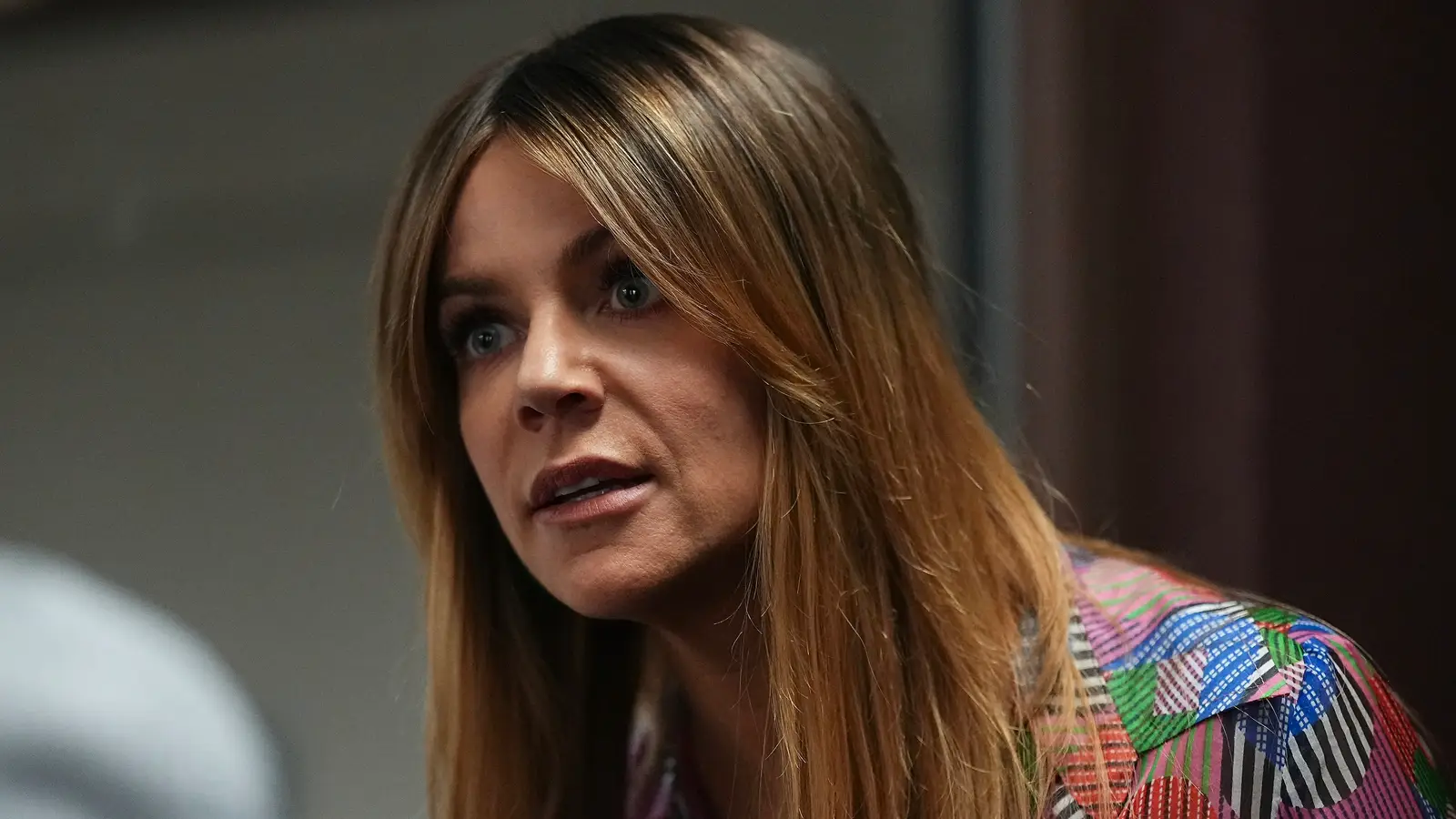
Network TV has long been the model for how modern television airs and behaves, but with more shows hitting streaming platforms than ever, this network trend has been ensuring storytelling struggles in a whole new way. Throughout the history of network TV, the baseline model of how shows existed has primarily been on the same platform, and in the same manner.
From its earliest documented history, network TV has been a numbers game. While programming wasn’t always the way viewers have come to know it, shows were always impacted by advertising, in the past far more than they are now. With commercials embedded into early series, things have shifted on screen to allow for commercial breaks, but all other changes have been minimal.
For years, TV viewers have been accustomed to specifically laid out schedules, with shows returning to their network or debuting in the fall and then running through the spring. In recent years, as there’s been more of a push to bring content to streaming platforms instead of airing it on network TV or cable, things have begun to change when it comes to scheduling.
The standard season for the last several decades has been in the ballpark of 22 episodes. While some shows have had closer to 30 and some have had under 20, each season is roughly around the same length to allow for network planning. Moving into the last few seasons of network TV specifically, however, things have changed and the storytelling on screen has been impacted.
Network TV Shows Are Shortening Their Season Orders
As shows lean more toward streaming as an outlet to best tell their stories without the constraints of network censors or advertising, things on network TV have changed significantly. While there’s still a viable business model for network TV shows and successes are still on the air, the way shows find their footing has changed. Shows have had to adapt to new ways.
Although network TV has long been the gold standard of television, streaming has rattled its cage in many ways, and as networks make decisions about their series, they’re openly trying to shift the model. Rather than green lighting 22-plus episode orders for most shows, seasons are being trimmed down, sometimes more than any long-time network TV viewers could’ve ever expected.
Even with shows like Will Trent and The Rookie recently receiving 18 episode orders for their most recent seasons, trimming down seasons makes a major difference when it comes to storytelling. In the past, most shows had a minimum of 22 episodes, but many had more. As network TV tries to compete with the way streaming platforms behave and engage, episode orders are being slashed.
Network TV Needs More Room To Breathe With Its Constraints
Although losing two to four episodes may not seem like a lot, from a storytelling perspective, the loss of extra episodes does damage. On screen storytelling can be tremendously tricky, and viewers aren’t typically aware of how intense the process is behind the scenes. TV writers have a ton of ground to cover each episode, even with more episodic stories.
With story development having to move forward, each series features so many moving parts that it can feel exhausting to viewers to advance the story too much in a single episode. TV shows allow viewers to live within a narrative for weeks, months, even years at a time. Allowing the characters time to make mistakes, a full episode order provides room to take up space.
Without the 22-episode order for most shows, universes can feel less lived, series can feel more fast-paced, and beloved TV worlds don’t become the places they’re intended to. By trimming the fat to keep things moving, viewers wind up losing fun and integral pieces of their favorite shows. Instead of paying attention to the space between the key moments, shows only push their main plots.
Network TV Having Longer Episode Counts Leads To Better Storytelling
With full episode orders, TV writers are able to tell their stories to the fullest extent and the best of their abilities. While some shows don’t wind up needing a full episode order, network TV shows are built in such a way that they often need 22 episodes to ensure that every beat is being hit, and hit head on.
While there are always mistakes to be made when it comes to telling stories on network TV, the chance to allow the characters space to move through their worlds without consistent story points having to hit viewers over the head can be cathartic. Allowing the characters to genuinely interact with the world can make or break a series, and with fewer episodes, that doesn’t happen as much.
Allowing for the time and space writers, directors, and actors need to make sure that a character’s story is working to the best of its ability means giving network shows more room to stretch. Streaming shows have fewer parameters than network series, which means networks pushing their shows to follow streaming guidelines is built to fail. Instead, network TV should be investing in their stories.
Enjoy ScreenRant’s primetime coverage? Click below to sign up for our weekly Network TV newsletter (make sure to check “Network TV” in your preferences) and get the inside scoop from actors and showrunners on your favorite series.



